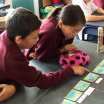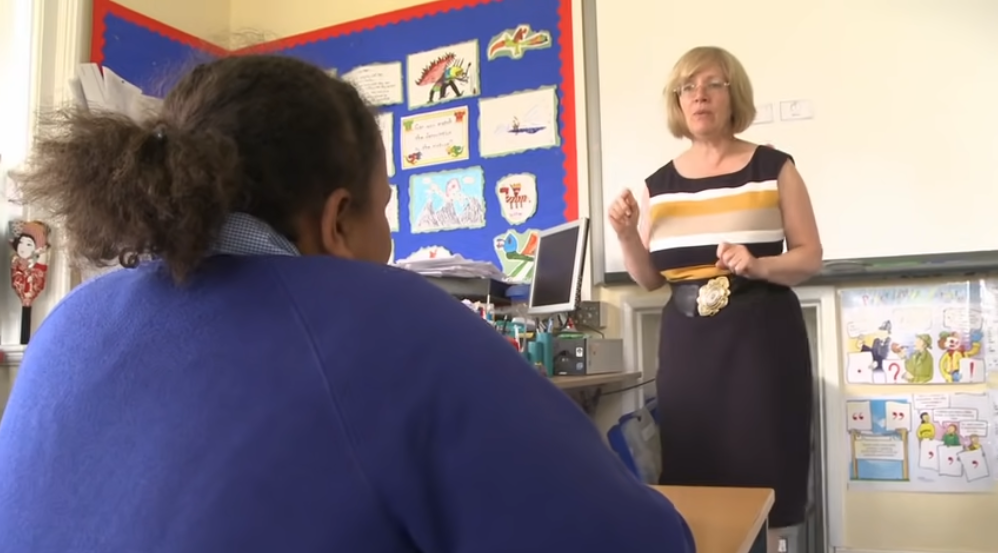Recognise needs and intervene early
A culture of care depends on kaiako noticing when a child requires specific support on their learning journey.
On this page:
On this page:
Current page section: Recognise needs and intervene early
Go to top of current page: Recognise needs and intervene early
Go to top of current page: Recognise needs and intervene early
Go to top of current page: Recognise needs and intervene early
Provide timely support
Provide timely support
Seek and provide timely support as soon as you identify speech, language or communication needs.
Kaiako actions:
- notice and identify needs
- partner with ākonga and whānau
- gather information
- record observations
- check your thinking with your peers and in-school specialists such as SENCo
- design and adapt classroom environments to maximise success and learning
- implement classroom strategies to support ākonga.
When appropriate:
- seek additional school-based support
- ask for additional Learning Support, for example, for speech-language therapy.
Notice the signs of language needs
Notice the signs of language needs
This UK video describes indications of language difficulties in the classroom context.
Use oral language development steps
Use oral language development steps
Use "Stepping stones in oral language" to identify the next steps for ākonga in the development of English language speech sounds, words and sentences, stories and social interaction. It includes links to bilingual and multilingual pathways.

Use culturally appropriate measures to identify needs
Use culturally appropriate measures to identify needs
“Bilingual individuals are vulnerable to misdiagnosis where diversity is mistaken for disorder.”
Source: RCSLT UK
To give an accurate picture of student abilities assessments and observations should be linguistically and culturally appropriate. Māori, Pacific, linguistically diverse or bilingual students may be misdiagnosed using traditional English language assessment tools.
For more information see MAI Journal 2020: Volume 9 Issue 3:
The experiences of whānau and kaiako with speech-language therapy in kaupapa Māori education
Base new learning on current strengths
Base new learning on current strengths
Staff talk about getting to know students and finding out about their current speech, language and communication skills to determine their next learning steps.
Identify support needs
Identify support needs
Support may include extra in-class support from kaiako, more in-depth school interventions, or a request for support from a Ministry of Education speech-language therapist.
Ākonga may benefit from additional support where the family, whānau or educators are concerned that:
- the child’s talking is very hard to understand.
- the child’s language skills are below the levels expected for their age.
- the child finds it hard to follow verbal instructions.
- the child speaks more than one language and has difficulties across all the languages they speak.
- the child has difficulty developing social skills.
- the child has a stutter.
- the child has a problem with their voice that makes it hard for them to talk.
- the child has difficulty participating in conversations.
Next steps
More suggestions for implementing the strategy “Identify needs and how to provide support”:
-
Current page Recognise needs and intervene early
Return to the guide “Speech, Language and Communication”

Speech, Language and Communication
How to use this site
Guide to Index of the guide: Speech, Language and Communication
Strategies for action:
-
Identify needs and how to provide supportShow suggestions for Identify needs and how to provide support
- Build whanaungatanga
- Recognise needs and intervene early
- Gather information collaboratively
- Organisations, programmes and resources
-
Key areas to supportShow suggestions for Key areas to support
-
Helpful classroom strategies years 1-8Show suggestions for Helpful classroom strategies years 1-8
-
Helpful classroom strategies years 9-13Show suggestions for Helpful classroom strategies years 9-13

